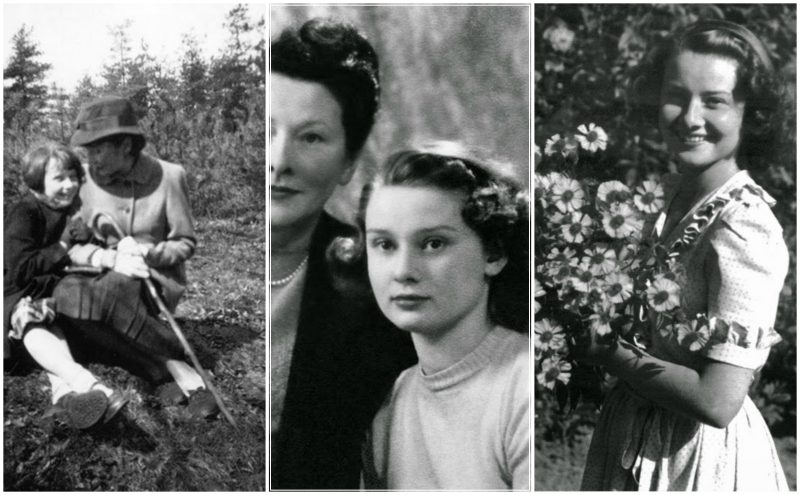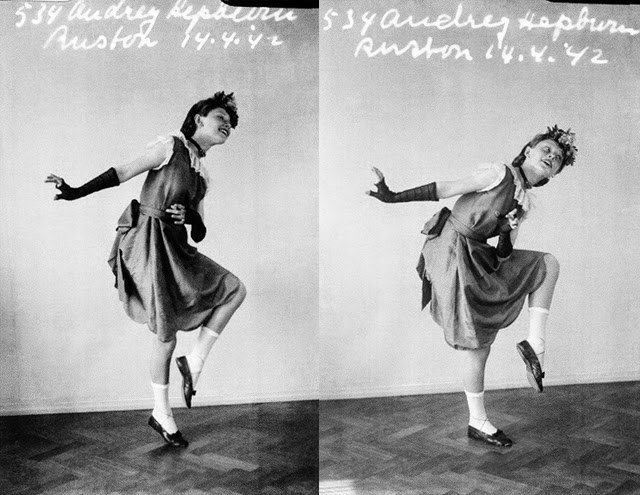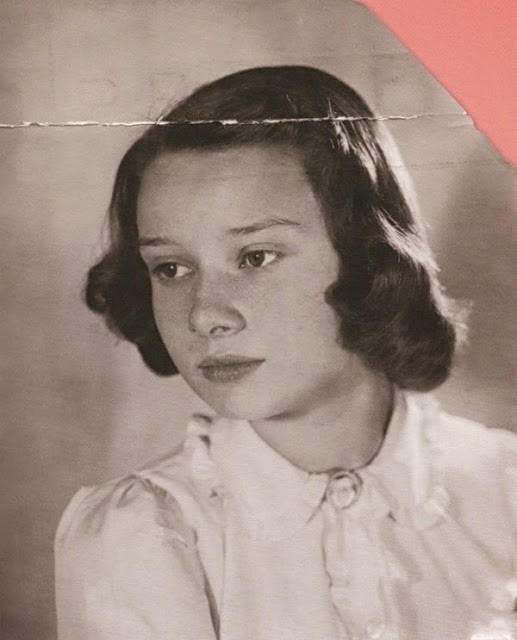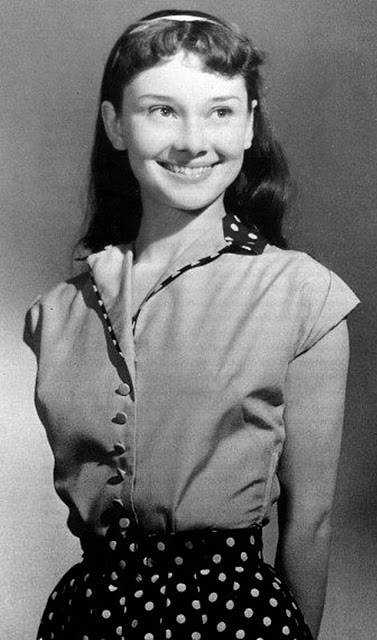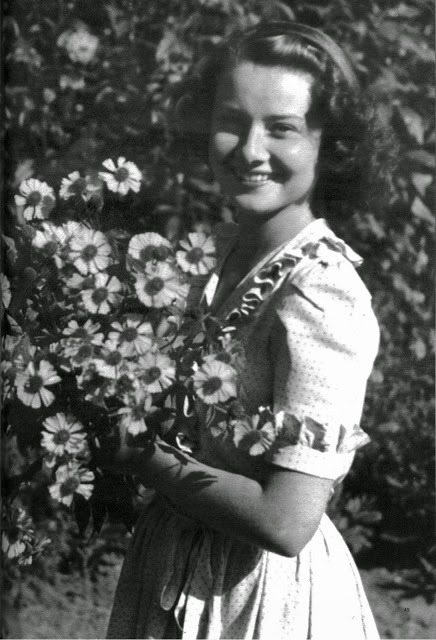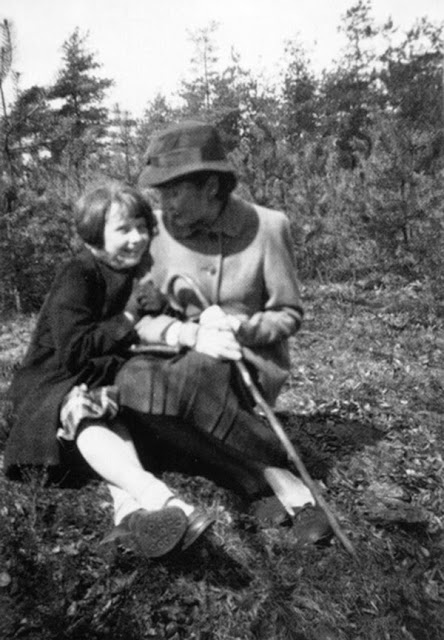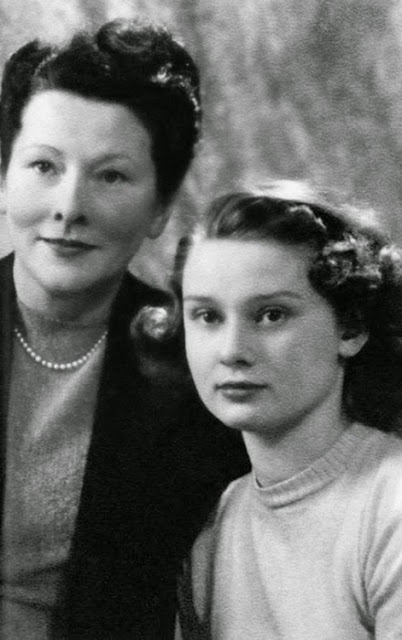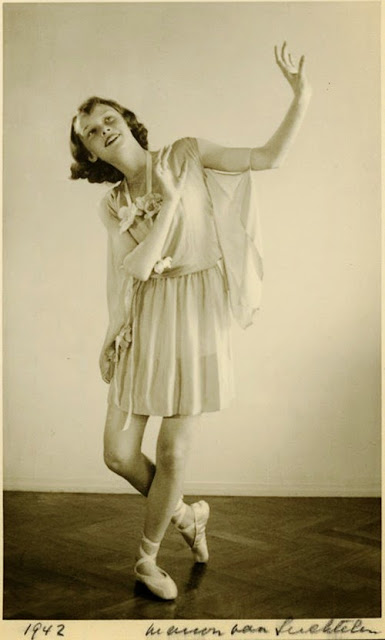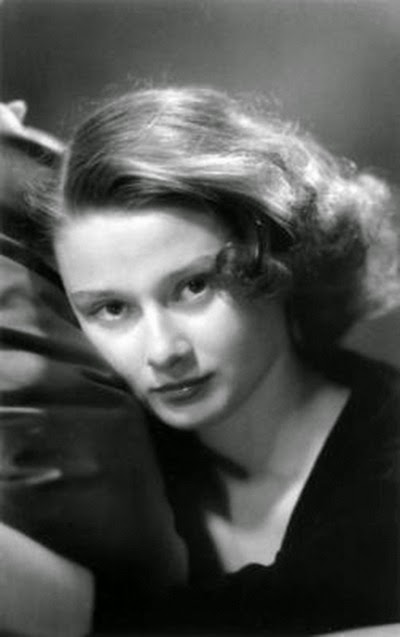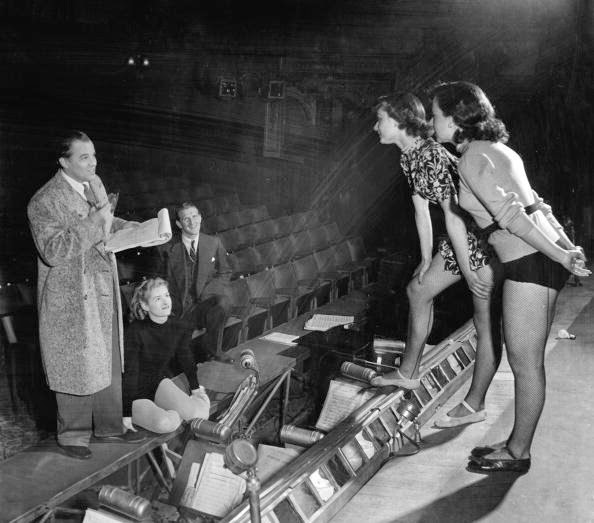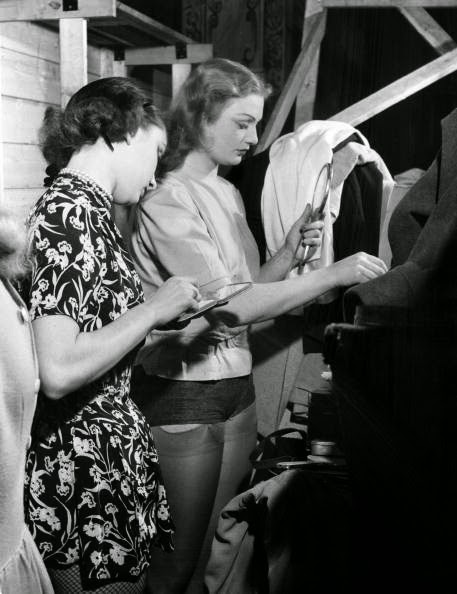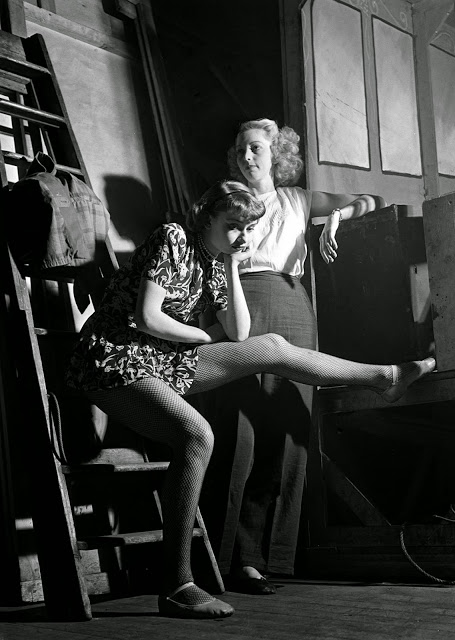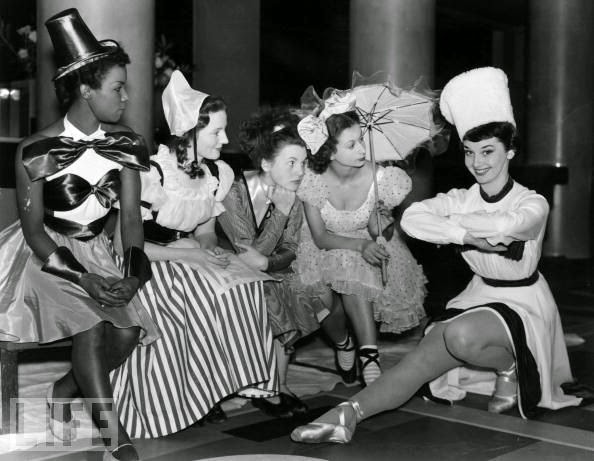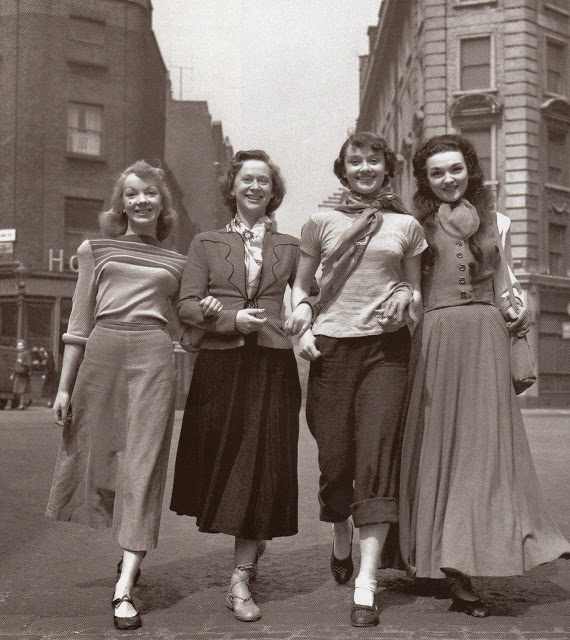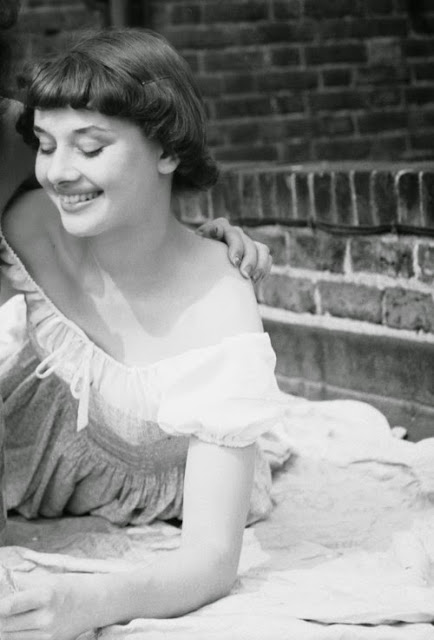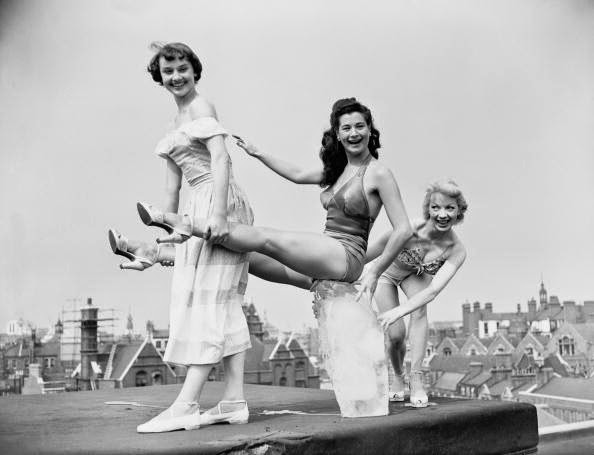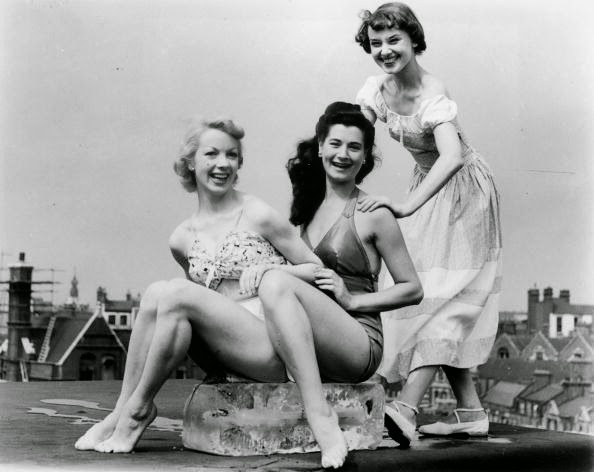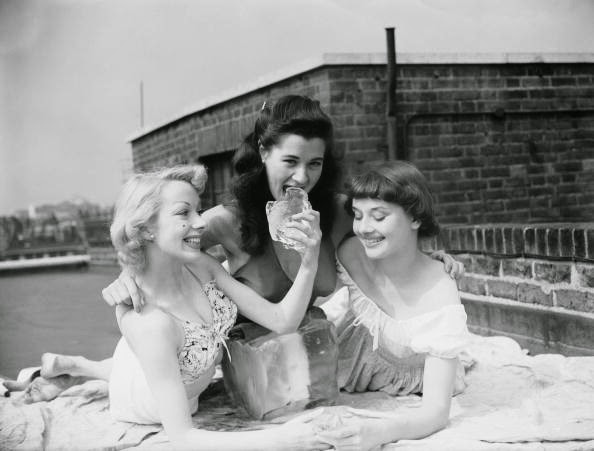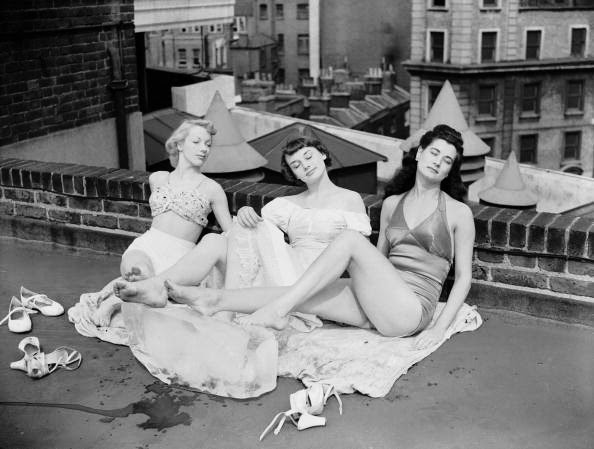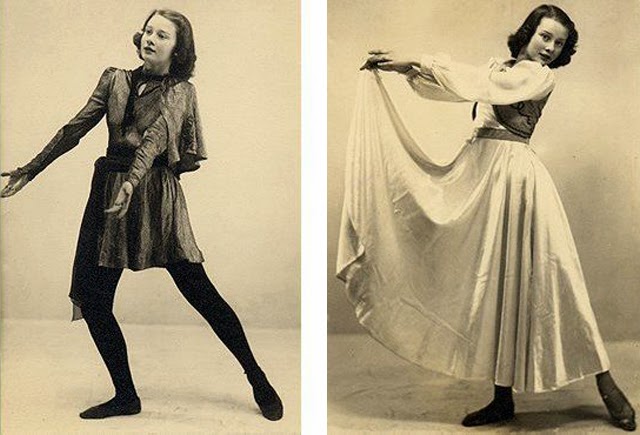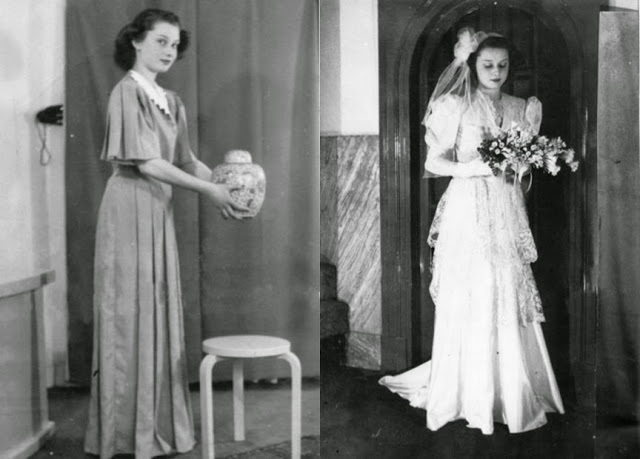Hepburn was born on 4 May 1929 at number 48 Rue Keyenveld in Ixelles, a municipality in Brussels, Belgium. Her father, Joseph Victor Anthony Ruston (1889–1980), was a British subject born in Úžice, Bohemia, to Anna Ruston (née Wels), of Austrian descent, and Victor John George Ruston, of British and Austrian descent. A one-time honorary British consul in the Dutch East Indies, Hepburn’s father had earlier been married to Cornelia Bisschop, a Dutch heiress. Although born Ruston, he later double-barrelled the surname to the more “aristocratic” Hepburn-Ruston, mistakenly believing himself descended from James Hepburn, third husband of Mary, Queen of Scots.
Here, below is a collection of rare photos of Audrey Hepburn as a child and a teenager from the 1930s and 1940s, before she becomes famous.
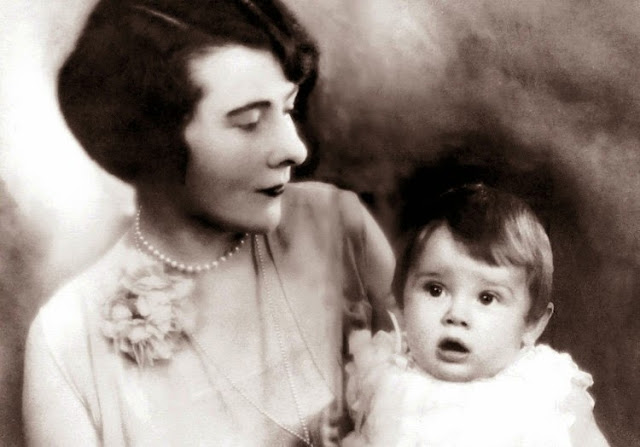
Her mother, Baroness Ella van Heemstra (1900–1984), was a Dutch aristocrat and the daughter of Baron Aarnoud van Heemstra, who was mayor of Arnhem from 1910 to 1920, and served as Governor of Dutch Suriname from 1921 to 1928. Ella’s mother was Elbrig Willemine Henriette, Baroness van Asbeck (1873–1939), who was a granddaughter of jurist Count Dirk van Hogendorp. At age nineteen, Ella had married Jonkheer (Esquire) Hendrik Gustaaf Adolf Quarles van Ufford, but they divorced in 1925. Hepburn had two half-brothers from this marriage who were both born in the Dutch East Indies: Jonkheer Arnoud Robert Alexander Quarles van Ufford (1920–1979) and Jonkheer Ian Edgar Bruce Quarles van Ufford (1924–2010).Hepburn’s mother and father married in the Dutch-Colonial Batavia (now Jakarta), Dutch East Indies, in September 1926. They moved back to Europe, to Ixelles in Belgium, where Hepburn was born in 1929, before moving to Linkebeek, a nearby Brussels municipality, in January 1932. Hepburn held British citizenship through her father.
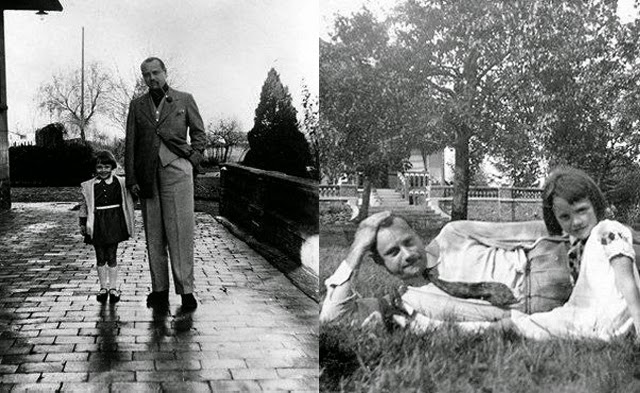
As a result of her multinational background and travelling with her family because of her father’s job, she learned to speak five languages: Dutch and English from her parents and later French, Spanish, and Italian. Hepburn began studying ballet when she was five years old.
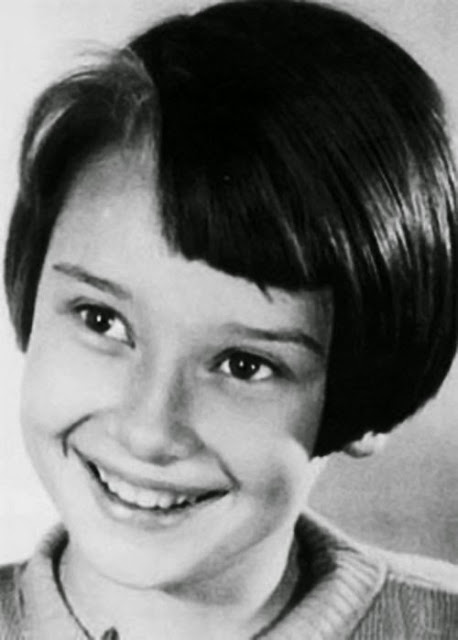
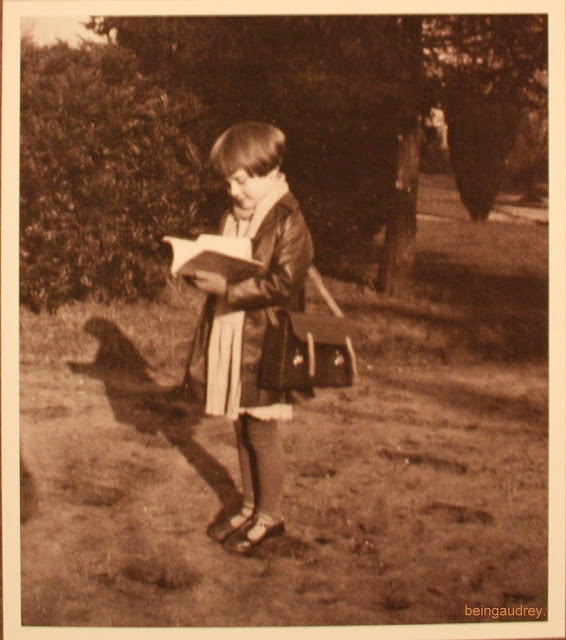
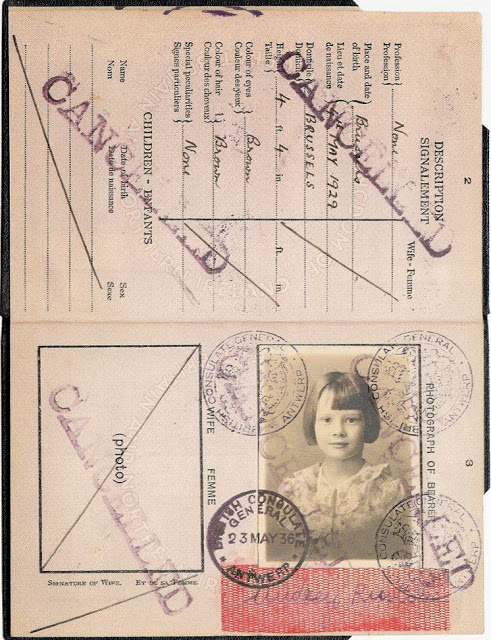
Hepburn’s parents were members of the British Union of Fascists in the mid-1930s, with her father becoming a true Nazi sympathiser. The marriage began to fail in 1935, and after her mother discovered him in bed with the nanny of her children, Hepburn’s father left the family abruptly. Joseph settled in London following the divorce. In the 1960s, Hepburn would finally locate him again in Dublin through the Red Cross. Although he remained emotionally detached, his daughter remained in contact and supported him financially until his death.
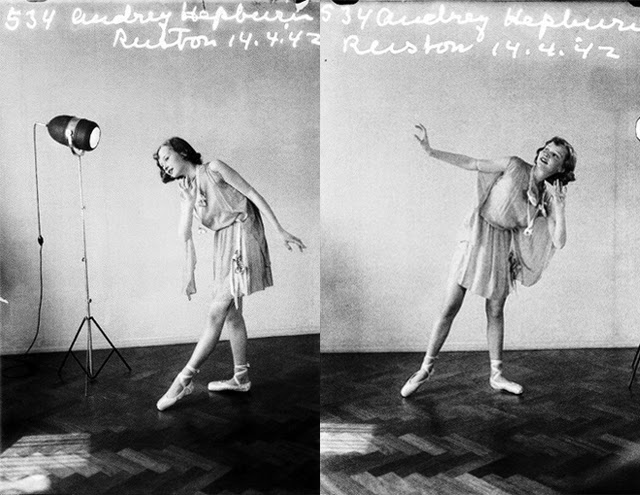
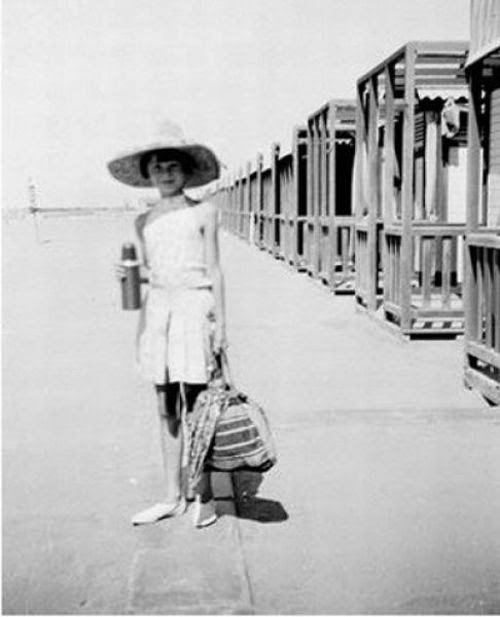
In 1937, Ella and Audrey moved to Kent, South East England, where Hepburn was educated at a small independent school in Elham, run by two sisters known as “The Mesdemoiselles Smith”. In September 1939, Britain declared war on Germany, and Hepburn’s mother relocated with her daughter back to Arnhem in the hope that (as during World War I) the Netherlands would remain neutral and be spared a German attack. While there, Hepburn attended the Arnhem Conservatory from 1939 to 1945 where, in addition to the standard school curriculum, she trained in ballet with Winja Marova. After the Germans invaded the Netherlands in 1940, Hepburn adopted the pseudonym Edda van Heemstra because an “English sounding” name was considered dangerous during the German occupation. In 1942, Hepburn’s uncle, Otto van Limburg Stirum (husband of her mother’s older sister, Miesje), was executed in retaliation for an act of sabotage by the resistance movement, while Hepburn’s half brother Ian was deported to Berlin to work in a German labour camp. Hepburn’s other half-brother Alex went into hiding to avoid the same fate. “We saw young men put against the wall and shot, and they’d close the street and then open it and you could pass by again…Don’t discount anything awful you hear or read about the Nazis. It’s worse than you could ever imagine.”
Ella, Miesje, and Hepburn moved in with Baron Aarnoud van Heemstra in nearby Velp. At the time, Hepburn suffered from malnutrition, developed acute anæmia, respiratory problems, and edema. Hepburn, in a retrospective interview, commented, “I have memories. More than once I was at the station seeing trainloads of Jews being transported, seeing all these faces over the top of the wagon. I remember, very sharply, one little boy standing with his parents on the platform, very pale, very blond, wearing a coat that was much too big for him, and he stepped on to the train. I was a child observing a child.” Later in her career, Hepburn was asked to play Holocaust victim Anne Frank in both theBroadway and film adaptations of Frank’s life. Hepburn, however, who was born the same year as Frank, found herself “emotionally incapable” of the task, and at almost 30 years old at the time, too old.
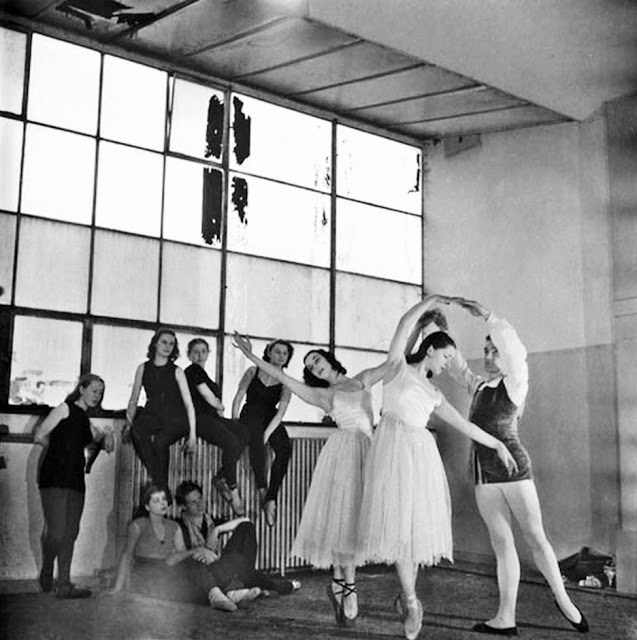
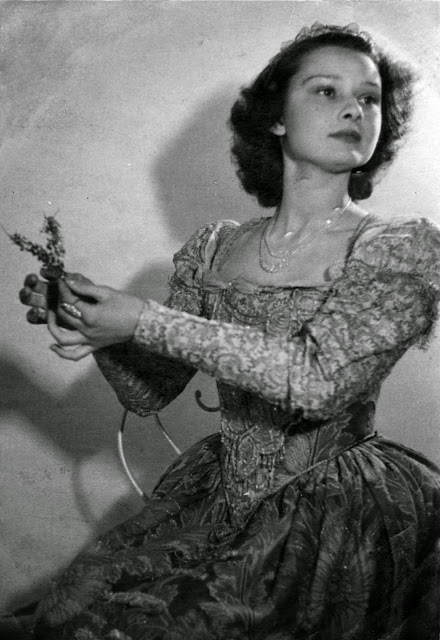
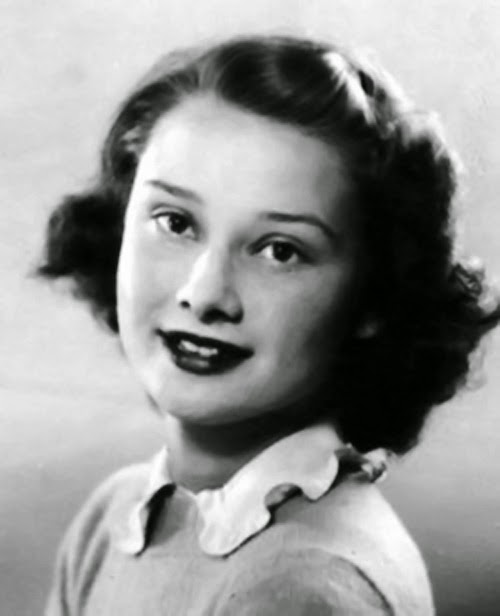
By 1944, Hepburn had become a proficient ballet dancer and she had secretly danced for groups of people to collect money for the Dutch resistance. “The best audience I ever had made not a single sound at the end of my performances”, she remarked. She also occasionally acted as a courier for the resistance, delivering messages and packages. After the Allied landing on D-Day, living conditions grew worse and Arnhem was subsequently destroyed during Operation Market Garden. During the Dutch famine that followed in the winter of 1944, the Germans blocked the resupply routes of the Dutch’s already-limited food and fuel supplies as retaliation for railway strikes that were held to hinder German occupation. People starved and froze to death in the streets; Hepburn and many others resorted to making flour out of tulip bulbs to bake cakes and biscuits. One way young Audrey passed the time was by drawing; some of her childhood artwork can be seen today. When the country was liberated, United Nations Relief and Rehabilitation Administration trucks followed. Hepburn said in an interview that she fell ill from putting too much sugar in her porridge and eating an entire can of condensed milk. Hepburn’s war-time experiences sparked her devotion to UNICEF, an international humanitarian organisation, in her later career
